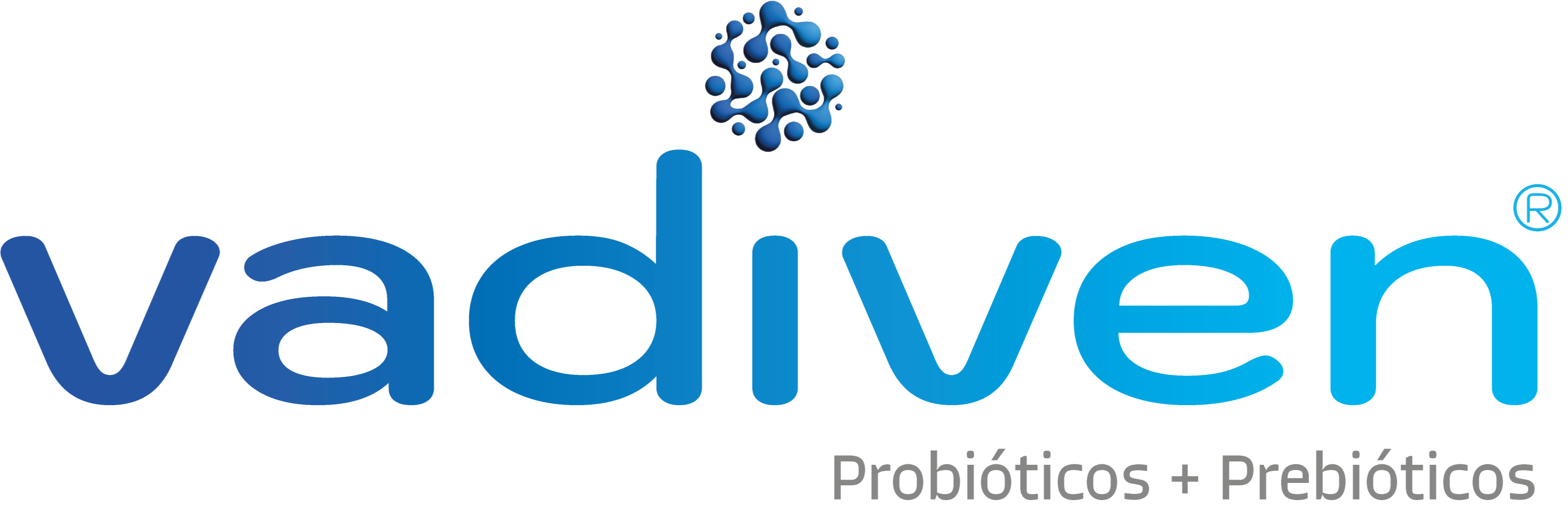There are many different DeFi markets, platforms, and incentivized pools that allow you to earn rewards for providing and mining liquidity via LP tokens. So how does a crypto liquidity provider choose where to place their funds? Yield farming is the practice of staking or locking up cryptocurrencies within a blockchain protocol to generate tokenized rewards. The idea of yield farming is to stake or lock up tokens in various DeFi applications in order to generate tokenized rewards that help maximize earnings. This allows a crypto exchange liquidity provider to collect high returns for slightly higher risk as their funds are distributed to trading pairs and incentivized pools with the highest trading fee and LP token payouts across multiple platforms.


LP tokens are assets that can be used throughout the DeFi ecosystem in various degrees. The LP tokens a user gets is according to the amount of liquidity they have supplied to the pool. When a pool facilitates a trade, the trading fee is proportionally shared amongst the LP token holders.
History of high-rise buildings
The houses were acquired by the city council in 1405 from a wealthy merchant family. The middle house became the city hall and was later connected with its neighbors. The Kaisersaal (“Emperor’s Hall”) is located on the upper floor and is where the newly crowned emperors held their banquets.


DWS Investments is the largest investment trust company in Germany and manages €288 billion fund assets. The largest company at Frankfurt Airport is Lufthansa, Germany’s flag carrier and Europe’s largest airline. Lufthansa employs 35,000 people in Frankfurt.[60][61] The Lufthansa Aviation Center (LAC) is the main operation base of Lufthansa at Frankfurt Airport. The airport serves as Lufthansa’s primary hub with 157 worldwide destinations (compared to 110 destinations at Munich Airport, Lufthansa’s second-largest hub). Lufthansa Cargo is based in Frankfurt and operates its largest cargo center (LCC) at Frankfurt Airport.
Frankfurt Stock Exchange
Some pools boast high rates of rewards, but they can also have more volatility and present more risk. One of the first protocols to use liquidity pools was Bancor, but the concept gained more attention with the popularization of Uniswap. Some other popular exchanges that use liquidity pools on Ethereum are SushiSwap, Curve, and Balancer.
Frankfurt was the original choice for the provisional capital city of the newly founded state of West Germany in 1949. The city constructed a parliament building that was never used for its intended purpose (it liquidity provider meaning housed the radio studios of Hessischer Rundfunk). After the end of the war, Frankfurt became a part of the newly founded state of Hesse, consisting of the old Hesse-(Darmstadt) and the Prussian Hesse provinces.
Earning on liquidity pools
Price adjustment of liquidity pools in DeFi is determined by a mechanism known as the Automated Market Maker (AMM). Many known liquidity pools use a constant algorithm to keep the product of token quantities for both tokens. This algorithm enables the price of tokens in the pool to increase as token quantity increases. Liquidity pools are a backbone of the AMM segment and an essential earning tool for DeFi users. In addition to AMMs, liquidity pools facilitate other segments of DeFi, such as, for instance, decentralized lending and borrowing.
In the year of 2018, Frankfurt recorded 108 days with a maximum over 25 °C and 43 days with a high above 30 °C. This is compared to 52 and 13 days on average per year between 1981 and 2010. The overall tendency for higher temperatures can also be seen when comparing the climate data from 1981 to 2010 with the data from 2010 to 2020. It is getting sunnier, drier and warmer and the climate resembles more a humid subtropical climate (Cfa). Frankfurt at the heart of the densely populated Frankfurt Rhine-Main Metropolitan Region with a population of 5.5 million.
Frankfurt after the loss of sovereignty
The system that matches orders with each other is called the matching engine. Along with the matching engine, the order book is the core of any centralized exchange (CEX). This model is great for facilitating efficient exchange and allowed the creation of complex financial markets.
- The Bankenviertel (banking district), Frankfurt’s financial district, is also not an administrative city district (it covers parts of the western Innenstadt district, the southern Westend district and the eastern Bahnhofsviertel district).
- To salvage any of these situations, the market makers are introduced to facilitate trade between parties.
- That’s why most liquidity providers earn trading fees and crypto rewards from the exchanges upon which they pool tokens.
- The first high-rise building boom came in the 1970s when Westend Gate (then called Plaza Büro Center) and Silberturm were constructed and became the tallest buildings in Germany with a height of 159.3 meters and 166.3 meters, respectively.
- In fact, the incentive structures of liquidity pools have given rise to an entire crypto investment strategy known as yield farming, where investors move assets across different protocols to generate as much yield as possible over time.
- However, as we’ve said, pooling liquidity is a profoundly simple concept, so it can be used in a number of different ways.
The order book model is an applicable option for DeFi systems, but a major drawback is that it will be slow, expensive, and stressful for traders. The reality is that market makers tend to hike prices and cancel orders made by users on the exchange, which is not a fair market policy. For example, in Ethereum, the gas fee charged for interacting with the smart contract delayed transactions, and numerous trade requests make it difficult for users to update their orders. Different platforms and protocols have unique models for managing liquidity pools while providing liquidity for various markets and assets. At the same time, investors have their own incentives for interacting with liquidity pools – often seeking higher yields across different markets.
How do DeFi liquidity pools work?
Liquidity pools are used to facilitate decentralized trading, lending, and many more functions we’ll explore later. The Frankfurter Kreuz is an Autobahn interchange close to the airport, where the Bundesautobahn 3 (A3), Cologne to Würzburg, and the Bundesautobahn 5 (A5), Basel to Hanover, meet. With approximately 320,000 cars passing through it every day, it is Europe’s most heavily used interchange.


Together with these towns (and some larger nearby towns, e.g., Hanau, Rodgau, Dreieich, Langen) Frankfurt forms a contiguous built-up urban area called Stadtregion Frankfurt which is not an official administrative district. The urban area had an estimated population of 2.3 million in 2010, and is the 13th-largest urban area in the EU. Many city districts are incorporated suburbs (Vororte) or were previously independent cities, such as Höchst. It is home to the European Central Bank, Deutsche Bundesbank, Frankfurt Stock Exchange and several large commercial banks.
Neighboring districts and cities
The first high-rise building boom came in the 1970s when Westend Gate (then called Plaza Büro Center) and Silberturm were constructed and became the tallest buildings in Germany with a height of 159.3 meters and 166.3 meters, respectively. https://www.xcritical.com/ The Saalhof is the oldest conserved building in the Altstadt district and dates to the 12th century. It was used as an exhibition hall by Dutch clothiers when trade fairs were held during the 14th and 15th centuries.
City council
St. Catherine’s Church (Katharinenkirche) is the largest Protestant church, dedicated to Catherine of Alexandria, a martyred early Christian saint. It is located downtown at the entrance to the Zeil, the central pedestrian shopping street. Frankfurt Cathedral (Frankfurter Dom) is not a cathedral, but the main Catholic church, dedicated to St. Bartholomew. The Gothic building was constructed in the 14th and 15th centuries on the foundation of an earlier church from the Merovingian time. From 1356 onwards, kings of the Holy Roman Empire were elected in this church, and from 1562 to 1792, Roman-German emperors were crowned there.
The simple liquidity pool concept has provided a solution to a large, complex problem like centralization, which has been one of the major challenges for the crypto space. The ratio of tokens in it determines the value of tokens in every liquidity pool. The size of the trade-in proportional to the size of the pool also determines the value of tokens. So, while there are technically no middlemen holding your funds, the contract itself can be thought of as the custodian of those funds. If there is a bug or some kind of exploit through a flash loan, for example, your funds could be lost forever. Of course, the liquidity has to come from somewhere, and anyone can be a liquidity provider, so they could be viewed as your counterparty in some sense.
